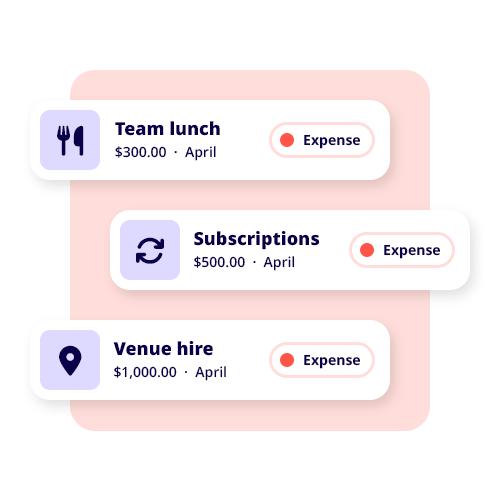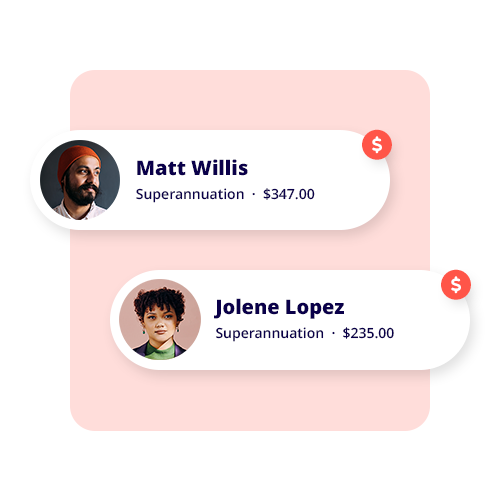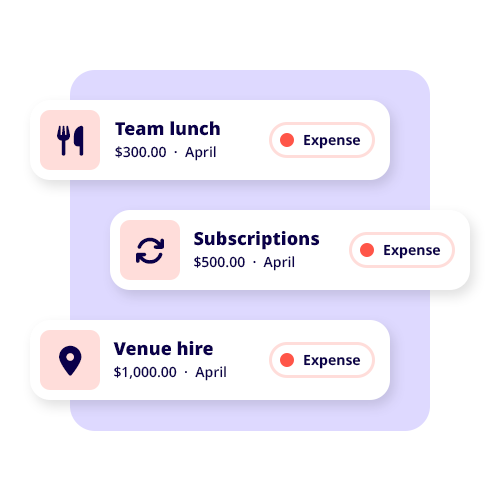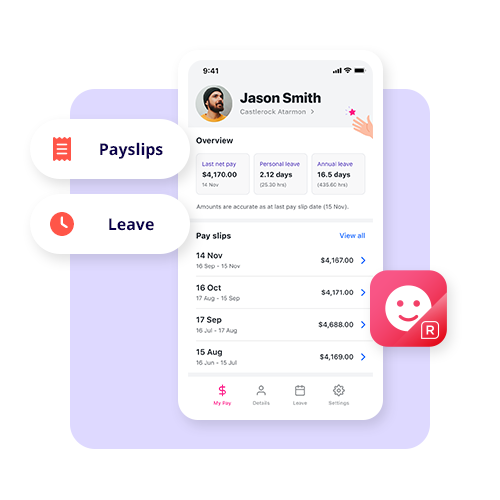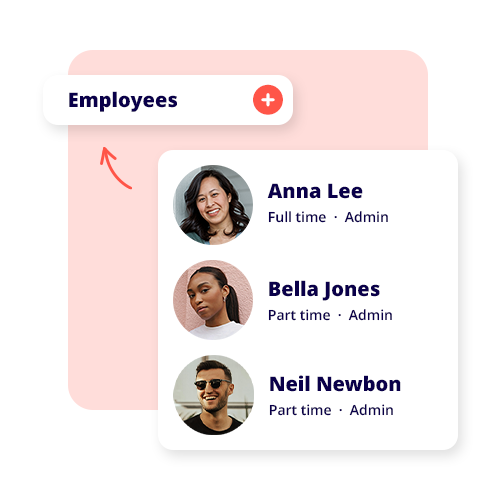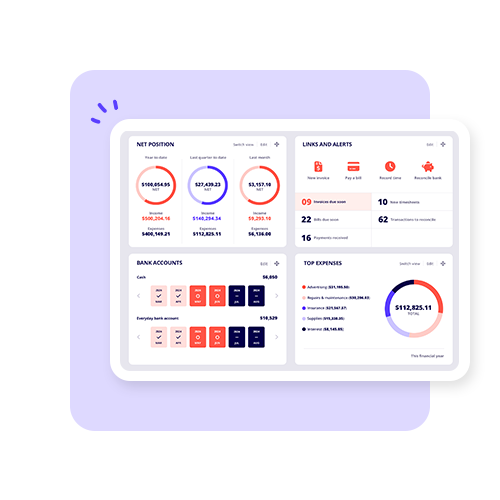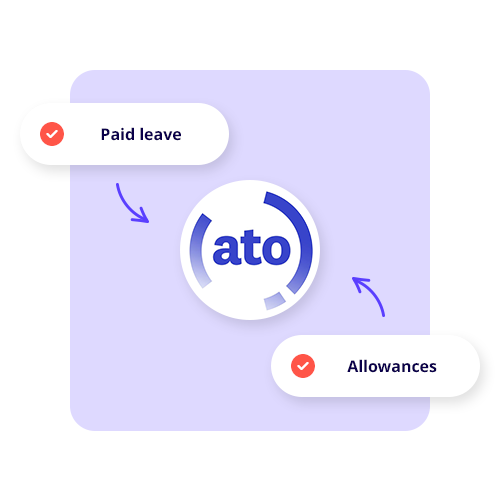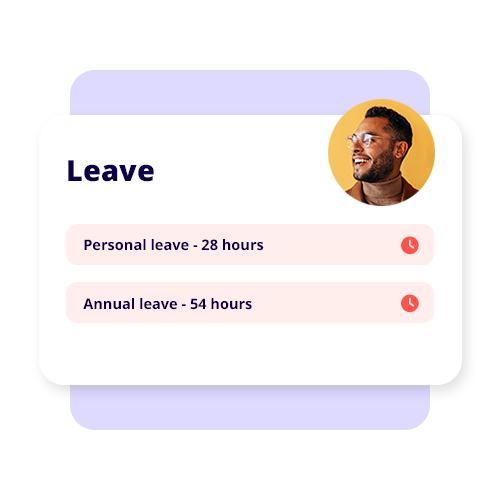TABLE OF CONTENTS
- Start with your purpose, then set expectations
- Make inclusion the default in a hybrid environment
- Choose easy tools – and use them consistently
- Measure outcomes, not chair time
- Keep wellbeing front and centre
- Plan moments that matter and invest in professional development
- A basic operating set-up for hybrid teams
- Danger signs to avoid
Hybrid work is now the norm across the Australian NFP sector. Maybe your team members deliver services on the ground or coordinate programs from a central location – whatever their purpose, plenty of employees work remotely some days and come into the office on others.
When it’s done well and thoughtfully, managing hybrid teams protects service delivery, lifts employee engagement, supports a healthy work-life balance, and so much more. But when it’s done poorly or without clarity, remote employees can feel isolated and meeting deadlines becomes much harder. So here’s some practical advice for managing a hybrid workforce in community organisations, charities and social enterprises.
Start with your purpose, then set expectations
The best hybrid leadership starts, as we’ve already mentioned, with clarity. Restate your mission and explain how each role contributes to client and community outcomes. Then set clear expectations for the hybrid work ‘rhythm’ – in other words, get across which tasks need face-to-face interaction, which can be done independently, and what ‘good’ looks like in terms of task completion and quality. Make sure you publish norms for working hours, responsiveness and which channels to use for what (e.g. quick questions in a Microsoft Teams chat or sensitive matters only during video conferencing).
Plenty of NFPs benefit from anchor days—shared in-office days for the entire team or for specific squads. Use those for team meetings and team building, then set aside other days for deep focus so individual employees can work independently. If you manage your operations across disparate time zones or different locations, take the time to document any overlap hours and acceptable unscheduled time for things like school pick-ups and community commitments. Your overall aim should be to set up flexible work arrangements with predictable windows for collaboration.
Make inclusion the default in a hybrid environment
Hybrid work can accidentally create a two-tier culture if you’re not careful. So to give equal access to information, you’ll want to run most virtual meetings as standard — even when some people are working in the same location — so that remote workers aren’t relegated to mere spectators. Also, try to avoid making decisions during what’s known as water-cooler moments — instead, capture important points in writing and share them in a group channel so everyone can see.
Psychological safety should also be top of mind. Start every meeting by explaining the goal and asking for quick check-ins from all participants. When it’s time to wrap things up, close the meeting with clear actions and dates so that team members leave on the same page. Sprinkle in a few short regular check-ins — think five-minute stand-ups or weekly one-on-ones — so issues are brought to the fore ASAP and everyone feels heard.
Choose easy tools – and use them consistently
You don’t need to be running a dozen apps. Instead, you need a small and reliable stack that everyone can use. For most NFPs, Microsoft Teams or Google Meet can handle virtual meetings, Google Drive or SharePoint makes sharing files a breeze, accounting software like Reckon sorts the financial side of operations, while project management software tracks your broader work operations at large. The tech isn’t the point. The shared habits are. Agree on how to name files and how to post status updates. If it isn’t in the system, it didn’t happen.
Also, use your project management software to make work visible. That means defining tasks, owners, due dates and different work stages (i.e. to-do, doing, done). Visibility helps people in distributed teams to pick up slack when someone is out. It also makes it easier to identify strategies to improve productivity because you can actually see the bottlenecks.
Measure outcomes, not chair time

In a hybrid model, you have to replace ‘hours at the office’ with true outputs. So talk about quarterly goals and team KPIs linked to your programs:
- Clients served.
- Grants acquitted.
- Partnerships formed.
- Reports submitted.
Review your progress during check-ins and team meetings, and coach around roadblocks. It protects personal time and rewards impact — exactly what NFPs exist to create.
Performance conversations should weigh both results and behaviours: think collaboration, reliability, and how well people support other volunteers and colleagues. Recognise their contributions publicly in channels, as well as in-person on in-office days, to make for a strong company culture.
Keep wellbeing front and centre
Mission-driven staff tend to over-extend themselves, so be a good model for boundaries. That means giving everyone clarity around no-meeting blocks, respectful response times, switching off notifications after hours, etc. It’s a good idea to encourage micro-breaks and ergonomic setups for remote work. Remind your people that flexible doesn’t mean always-on. As a manager, you should be asking, “What do you need from me to protect your wellbeing this fortnight?” and follow through on their response, whether that means adjusting workloads or shuffling sprint goals.
Watch out for isolation signals as well. Concerning signs could include someone having their camera off for weeks at a time, missed touchpoints that were already scheduled, or sudden dips in engagement. A quick “How are you really going?” call can make a world of difference. Pair newcomers with buddies and talk to them about the importance of social connection — virtual coffee chats or a monthly community lunch — so relationships don’t atrophy.
Plan moments that matter and invest in professional development
Face-to-face time is precious. Use it intentionally in kick-offs, retrospectives, training, and stakeholder sessions that benefit from human nuance. Plan a quarterly team day to revisit priorities, celebrate wins, and run lightweight team-building that ties back to your values (no trust falls needed).
Also invest in professional development through a few different formats, such as remote webinars, mentoring circles, self-paced modules, and in-person workshops on anchor days. Save important materials to Google Drive so employees in the field can catch up whenever they want.
A basic operating set-up for hybrid teams
Falling into a good rhythm means making sure it’s light but consistent. Here’s an idea of what to do:
- Weekly team sync (30–45 mins) on Microsoft Teams or Google Meet to chat about priorities and dependencies.
- Fortnightly 1:1 check-ins that are all about progress, challenges, work-life balance, etc.
- Monthly retrospectives to talk about what helped or hindered things like task flow and collaboration.
- A quarterly in-person strategy day for planning and team building.
Keep these agendas short, and record any major decisions. Also, track actions in your project management software so nothing ever gets lost.
Danger signs to avoid
Two traps can derail hybrid work arrangements, especially for managers of volunteer teams. First, over-indexing on co-located staff — decisions, praise, and opportunities flow to the people you see. Counter this by auditing who presents and progresses.
Second, avoid back-to-back meetings. You want to protect their ‘thinking time’ by setting out focus blocks and encouraging updates at the same time — whether that’s through short written briefs or status posts that people can respond to when it suits.
When conflicts arise, assume positive intent and move the conversation to a quick call. Tone can easily get lost in chat, especially when the conversation spans different locations and time zones.
With these foundations, your NFP’s hybrid environment should remain highly productive and resilient, so your organisation can keep delivering impact where it counts most.






























